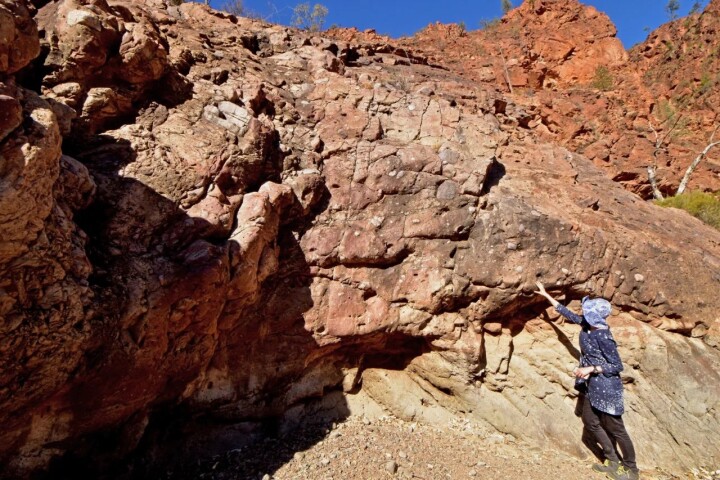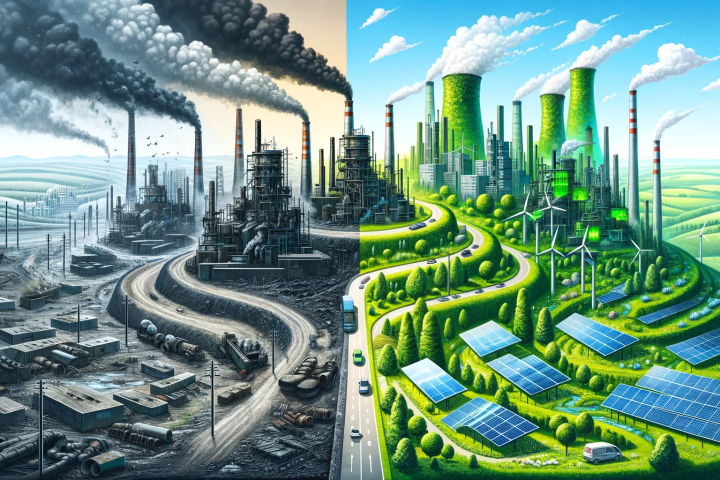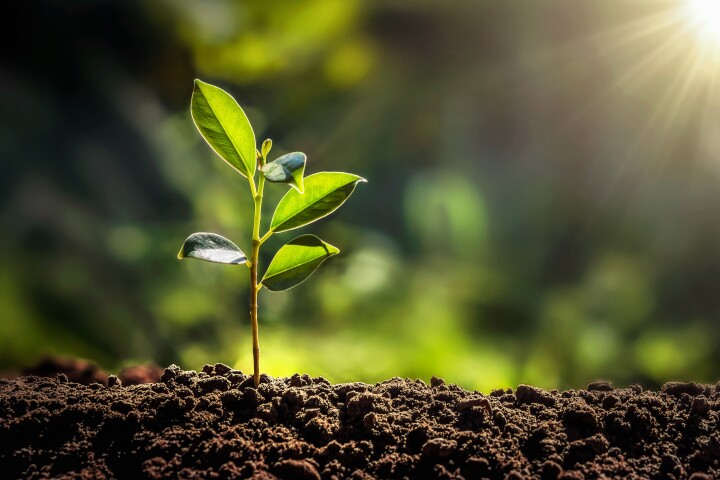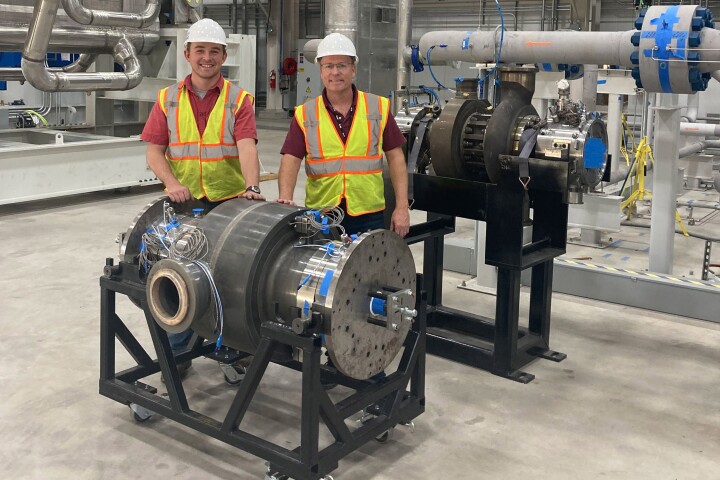Carbon Dioxide
-
A new solution from Cambridge University could recycle both concrete and steel at the same time, by throwing old concrete into steel-recycling furnaces. If done using renewable energy, the process could make for completely carbon-zero cement.
-
Carbon dioxide is key to how long airborne viruses hang around in the air and, therefore, their likelihood of spreading. Opening a window may be a more scientific way to avoid the spread of respiratory viruses than first anticipated.
-
The world’s largest ocean-based carbon dioxide removal plant is being built in Singapore, and will be capable of capturing 8 million lb of CO2 per year while also producing 231,000 lb of carbon-negative hydrogen.
-
Geologists have shed new light on Earth's built-in thermostat. They say shifting tectonic plates that slowed volcanic activity is likely what caused the extreme ice age that turned the planet into a giant snowball over 700 million years ago.
-
The industrial sector is responsible for about 25% of global CO2 emissions – or about 9.3 billion metric tonnes per year and growing. But a team at the University of Leeds says we don't need to wait for magical new tech to clean most of it up.
-
In an effort to mitigate human-caused climate warming, scientists are focused on ways to remove carbon dioxide from the atmosphere. One of the more novel ways to do this has just been announced by scientists employing a smart dual-method process.
-
Scientists have developed a synthetic pathway that can capture CO2 from the air more efficiently than in nature, and shown how to implement it into living bacteria. The technique could help make biofuels and other products in a sustainable way.
-
With complex ecological modeling, scientists have found that plants may be soaking up 20% more CO2 than earlier predicted. It's no "get-out-of-jail-free card," but it highlights the crucial role nature needs to play as we try to stem global warming.
-
Steam turbines still produce most of the world's power, but supercritical CO2 promises to be much cheaper, and 10% more efficient as a medium than water, using 10X smaller turbines. A US$155-million pilot plant is now complete in San Antonio.
-
The best places to search for life beyond Earth aren’t planets like Mars – they’re icy moons like Europa. The case for life on this watery world just got stronger, as the James Webb Space Telescope has detected a fresh carbon source there.
-
Despite its many advantages, glass has one major Achilles' heel – it’s brittle. Now, engineers at Penn State have developed LionGlass, a new form that's not only 10 times more damage resistant, but requires significantly less energy to manufacture.
-
The tiny bubbles or effervescence are a big part of the attraction of sipping a glass of champagne but, over time, it loses its fizz. A new study has found that size is everything when it comes to keeping your champagne bubbly for longer.
Load More











